What is Data & Information?
Irrespective of specific industries, data has become the driving force that furthers the development of a variety of technologies. Data etymologically derives from the Latin word “datum,” which roughly translates to “something given”.
Data is raw, unorganized, unanalyzed, uninterrupted, and unrelated used in different contexts. For instance, facts and stats gathered by researchers for their analysis can collectively be called data. Data in essence lacks its informative fervor and relatively renders itself to be meaningless unless given a purpose or direction to acquire its significance.
But when that data is analyzed, structured, and given composure or context to make it useful, we find information. Information etymologically dates back to its Middle and Old french roots, which meant “the act of informing,” mostly used in the context of knowledge, instruction, and education. In essence, information is systematic, filtered, and useful.
Follow this piece to know the difference between data and information, amongst other key comparisons.
About AnalytixLabs is India’s leading data science institute since 2011 offering a wide spectrum of data analytics courses to help aspirants establish themselves as “industry-ready” professionals. Led by a proficient team of IIM, IIT, and McKinsey alumni, Analytixlabs offer an intricately designed coursework that translates into a fitting profile for professional roles in AI, Data Science, and Data Engineering.
Data Vs. Information
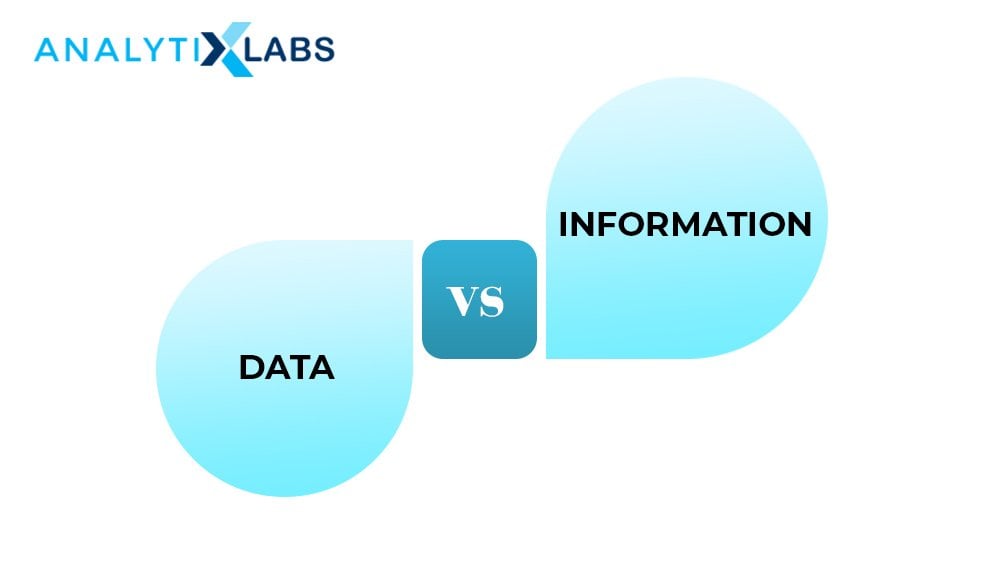
| Data | Information | |
| Description | Qualitative/ Quantitative variables that present themselves with the potential to be developed into ideas or analytical conclusions. | Data that is structured and collated to further its meaning and contextual usefulness. |
| Format | Data follows the form of either letters, numbers or characters. | Information follows the format of either ideas or references |
| Representation | Data is structured either in graphs, data trees, flowcharts, or tables. | Information is represented as ideas, thoughts, and languages after collating the data acquired. |
| Meaning | Data doesn’t serve any purpose unless given to. | Data when interpreted and assigned with some meaning derived out of it, gives information. |
| Interrelation | Data is information collected | Information is data processed |
| Features | Data is raw and doesn’t contain any meaning unless analyzed. | Information is data collated and produced to further a logical meaning. |
| Interdependence | Data doesn’t depend on information. | Information can’t exist without data. |
| Unit | Data is measured in bits and bytes. | Information if mostly measured in units like quantity, time et al. |
| Use Case for Decision Making | Data alone doesn’t pertain to the qualities to help derive decisions. | The information contains analytical coherence to help derive a decision. |
| Use Case for Researchers | Data acquired by researchers might become useless if they have no analytical inferences to make. | Information adds value and usefulness to researchers since they are readily available. |
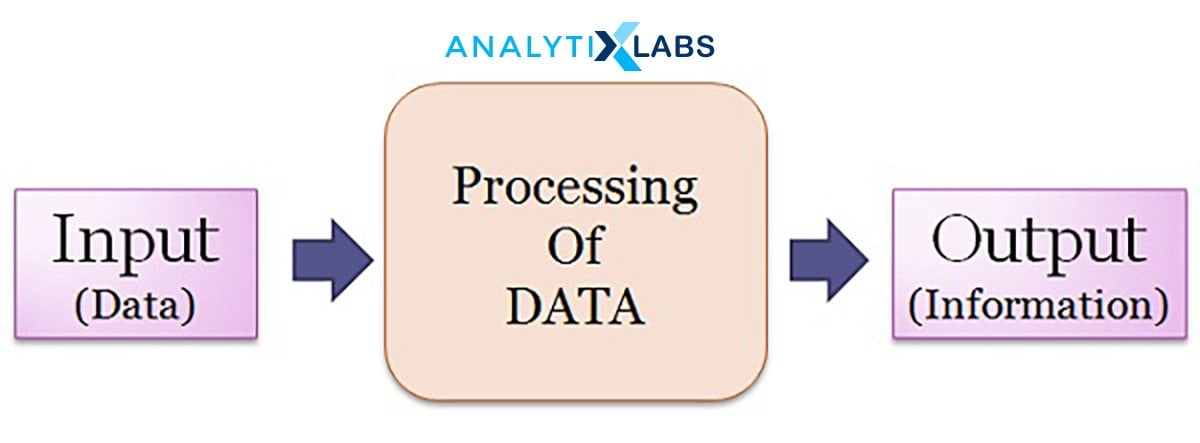
1.1 Defining Data
Now, what is data? Data is a collection of details or data remaining in the form of either figures texts, symbols, descriptions, or mere observations of entities, events, or things with a potential to be analyzed and drawn inferences from. They are raw which requires rendering to acquire meaningful information.
Data has various forms like letters, numbers, images, or characters. Computer data for instance is represented in the form of 0’s and 1’s – that can be interpreted to form a fact or value. The measuring units of data are Nibble, Bits, kilobytes, Megabytes, Gigabytes, Bytes, Terabytes, Petabytes, et al.
Data was formerly stored in punched cards which were soon replaced by magnetic tapes followed by hard disk drives. You may also like to read about What is Data Acquisition for more understanding.
1.2 There are Two Types of Data
Primary Data
- Qualitative Data
- Quantitative Data
Secondary Data
- Internal Data
- External Data
1.3 Defining Information
Information is data collated to derive meaningful inferences according to its contextual requirement. Information is structured, processed, and presented with assigned meaning that improves the reliability of the data acquired. Information also ensures that there remains no uncertainty or undesirable.
In essence, Information exists to systematize relevant and timely data to inform or to develop ideas. Unlike data, information is critical since it processes data through purposeful intelligence to interpret or predict or explain.
1.4 What are the key differences between data and information?
- Data contains raw figures and facts. Information unlike data provides insights analyzed through the data collected.
- Information can’t exist without data but data doesn’t rely on the information.
- Data, as an input, goes through a filtration process followed by a meaningful organization to generate output or information.
- Data doesn’t deliver into specifics since there is rarely any relevance scattered amongst heaps of data unless processed. Information is particular with correlation to the inferences derived.
- Data doesn’t harbor any real meaning whereas information exists to provide insights and meaning.
Data vs Information vs Knowledge
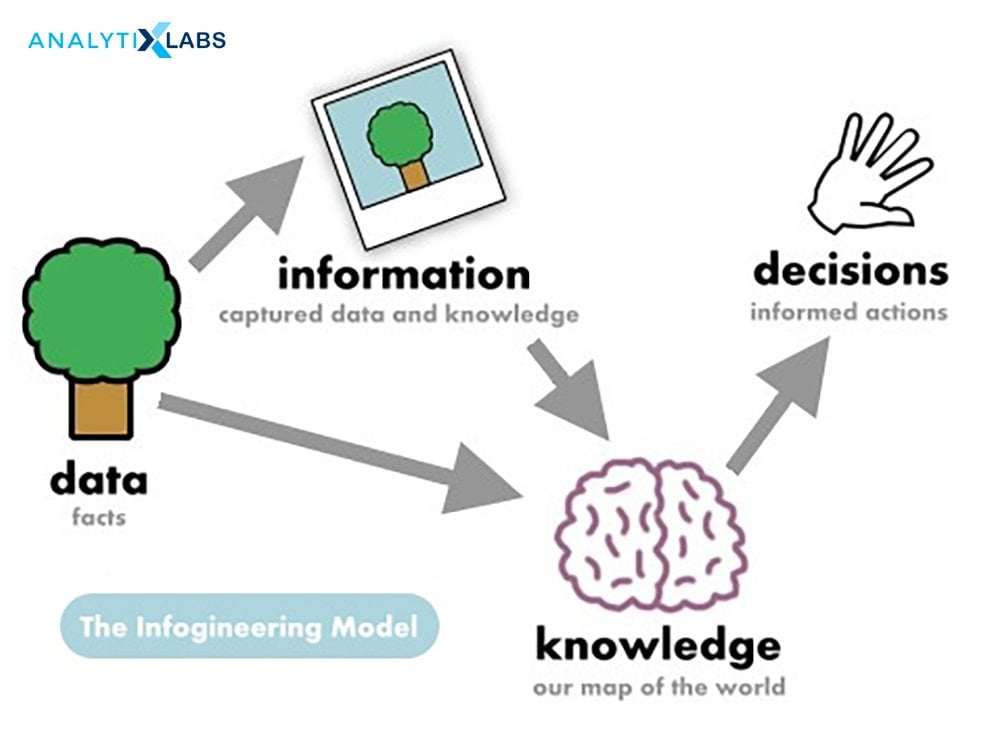
Data vs Information vs Knowledge Table:
| Data | Information | Knowledge |
| Data is generally unrefined, basic, and unfiltered. | Information refined, structured, and evolved from raw data ready to be analyzed. | Knowledge exists in users and is stored through various human experiences whose insights are applied to information and data. |
| Data has all the elements of analysis. | Information is data but with context. | Knowledge is but information that has nuance. |
| Data requires organizations before they become information. | Information requires to be put into context to become knowledge. | Knowledge governs a body of information, experiences, and techniques, coalescing around a specific subject. |
| Data flow is unmitigated. | Information regards a flow of messages. | Knowledge is the flow governing information, anchored in the commitment and beliefs of its holder. |
| Data is discrete and objective facts or records of events or transactions. | The information has the qualities of conveying and communicating, impacting judgments, and behavior. | Knowledge is hybridized and is a fluid mixture of experiences, contextual information, and insights that establish a framework for evaluation. |
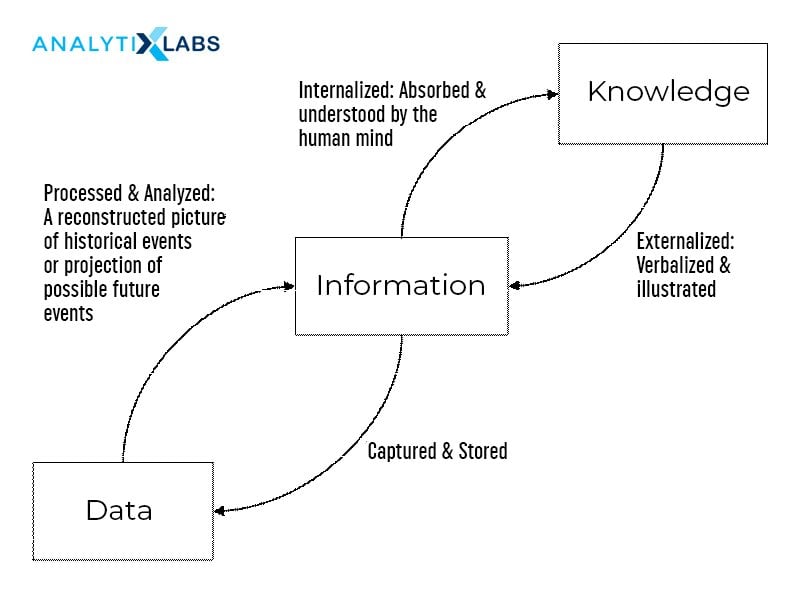
Knowledge is information processed in the mind of the holder. They are personalized information gathered via study or experiences. Knowledge can also be viewed from differential perspectives.
Information is a message with meaning that is derived from data which is a set of plain, unfiltered, and objective records.
So, this is how you can establish the basis of the difference between data and information and knowledge.
Related: What is Data Analytics? Career Guide – Evolution, Stages, Jobs & Skills
What is Information in Business?
Data is what translates to establishing information followed by strategic success. So, without data, the following steps won’t exist. A good business stands on market analysis, gathered around data analysis that sieves the raw data for important insights. So, with information exists a greater scope at deriving success in most business ventures.
From data to information and from information to business intelligence, every business relies on the data generated. Businesses are taking advantage of this process to create a difference in their market approach.
Business Information like its other segments in the information industry has several forms i.e., News, Credit & Financial Information, Market Research, IT Research, and Industry Analysis. They can further be categorized into directories, periodicals, stats, government information, guides, handbooks, almanacs, and directories.
The Internet has made it relatively easier for publishers to deliver business information, especially with subscription models that deliver content to their user base.
Market research doesn’t just stem from a linear source of data, it is rather an exhaustive process where analysts separate the good data – which is the cornerstone for any business strategy.
Now, you will have business information systems that are designed to help organizations make important decisions via objective attainment. This system uses the resources provided in most IT Infrastructure to satiate the needs of variant entities existing inside a business enterprise.
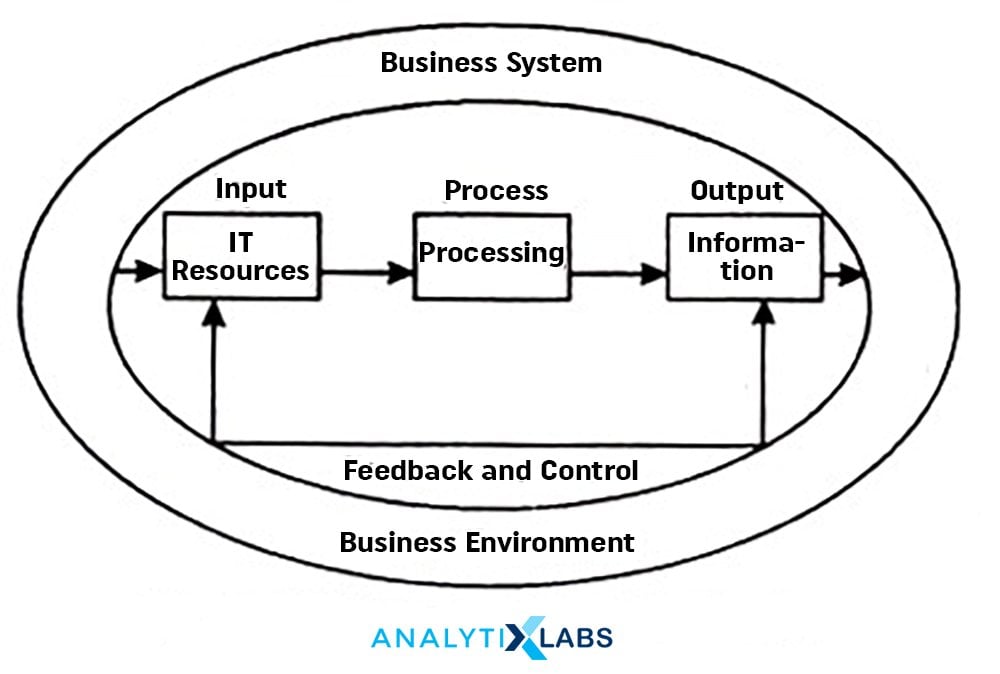
The 5 key components of a business information system are Decisions, Transaction, Information, and Functions. You can’t really see the decisions taken, rather they are reviewed. However, transactions are more visible, but they are mostly processed through complex computer-based algorithms. Information and functionalities can be observed since a workflow is established for these components to comprise the Business Information System.
Business Analytics Tools
A prediction generated by Gartner unveiled that by 2021, 70% of midsize to large organizations will deploy Business Analytics as a component of their data analytics operations. The future of BA tools is depending on their respective support for data exploration via user-friendly interfaces. These tools are also going to support analysis operations using NLP or ML.
Traditionally, BA tools focused on communication and visualization elements of a data lifecycle that was devoid of data storage, manipulation, ingestion, and management. So, cutting edge BA tools are bridging that gap with more predictive and contextual analytics. Here are some BA tools which might be of your interest:
- Board
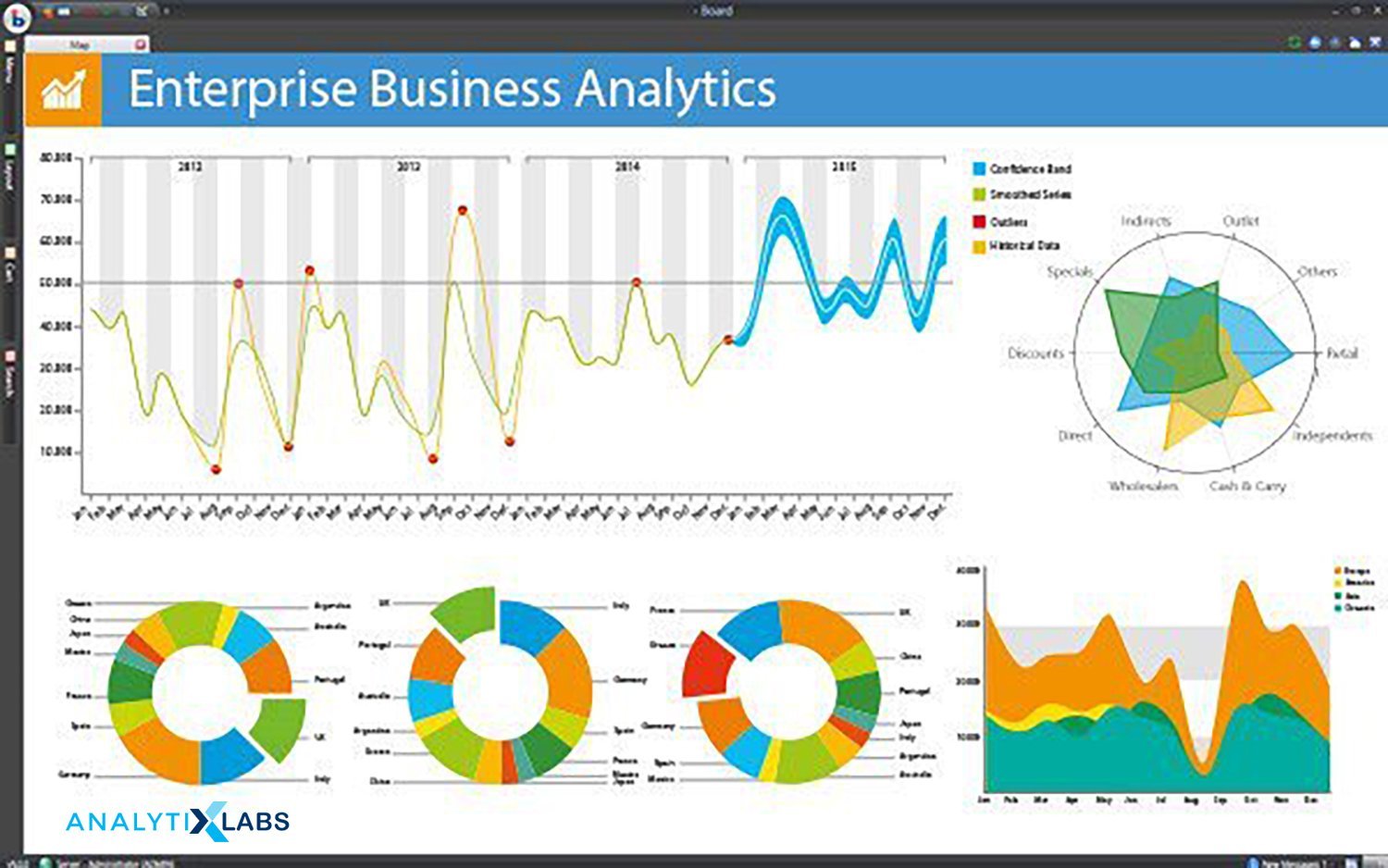
Board has its own BEAM automated predictive model that lets users create precise scenarios and forecasting via data manipulation. Board is equipped with preconfigured statistical features to determine max, min, standard and average variations.
- Sisense
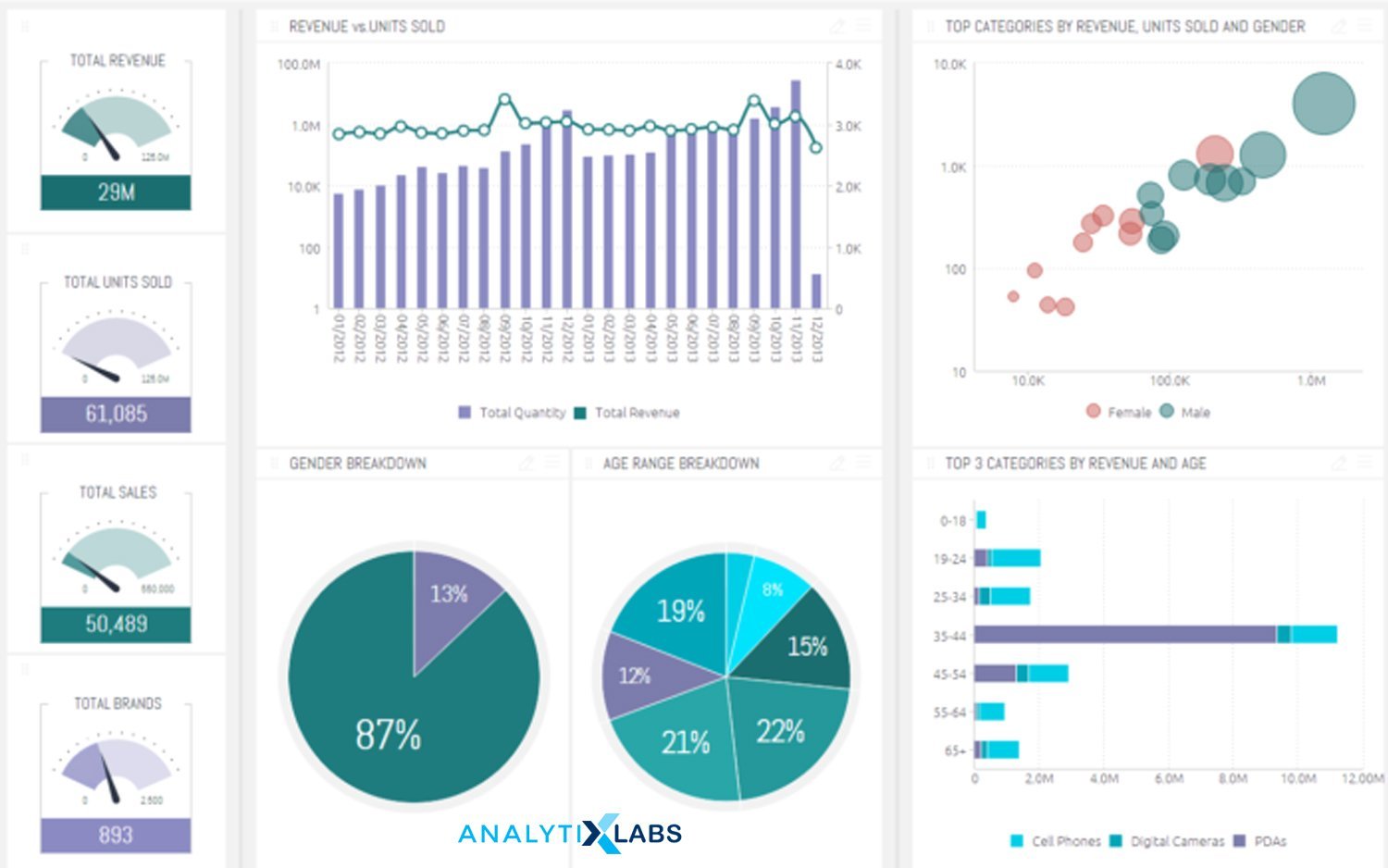
Sisense is a dynamic and robust analytics tool that lets users convert unstructured data into analysis worthy information via its text analytics option. They also provide statistical functions like covariance, correlation, and R for statistical computing.
- Dundas BI
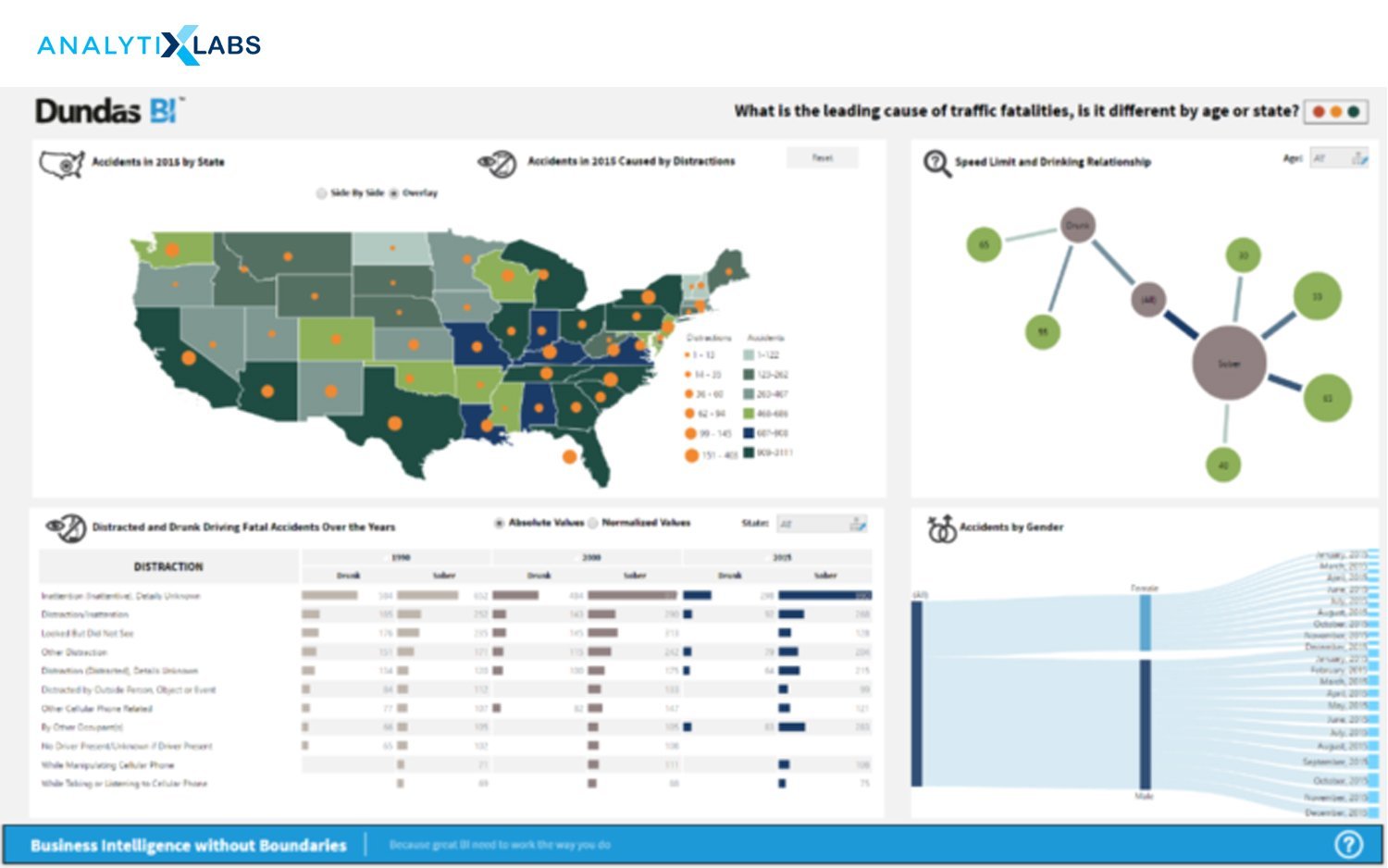
Dundas BI lets users access real-time analytics and visuals of user information, data, and results. This tool uses R language for performing statistical analysis. It also provides forecasting and automated analytics to locate future trends based on historical and current trends.
- Tableau Big Data Analytics
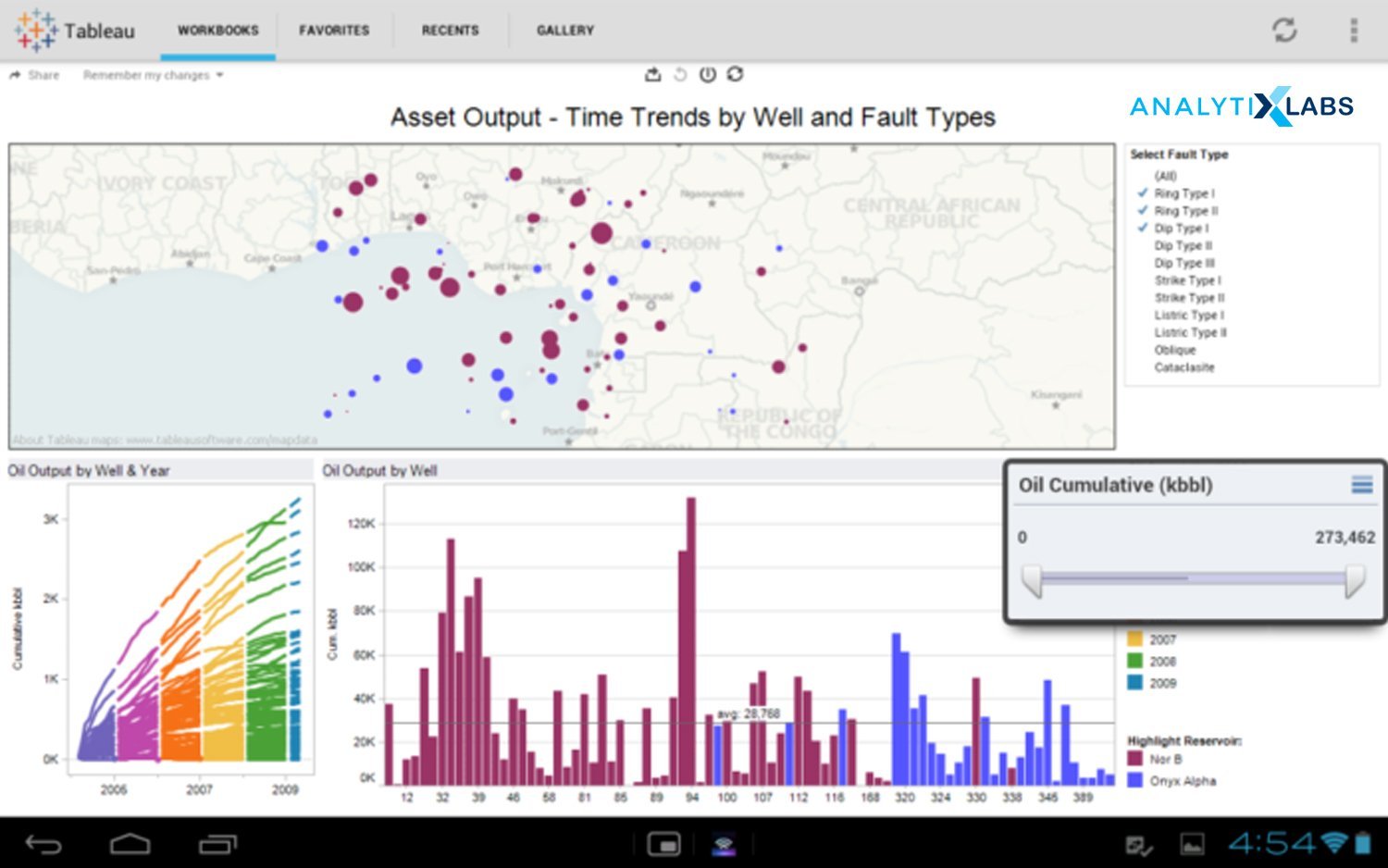
Tableau Big Data Analytics uses R expressions to convert large data sets into information ready for deep analysis.
- Microstrategy
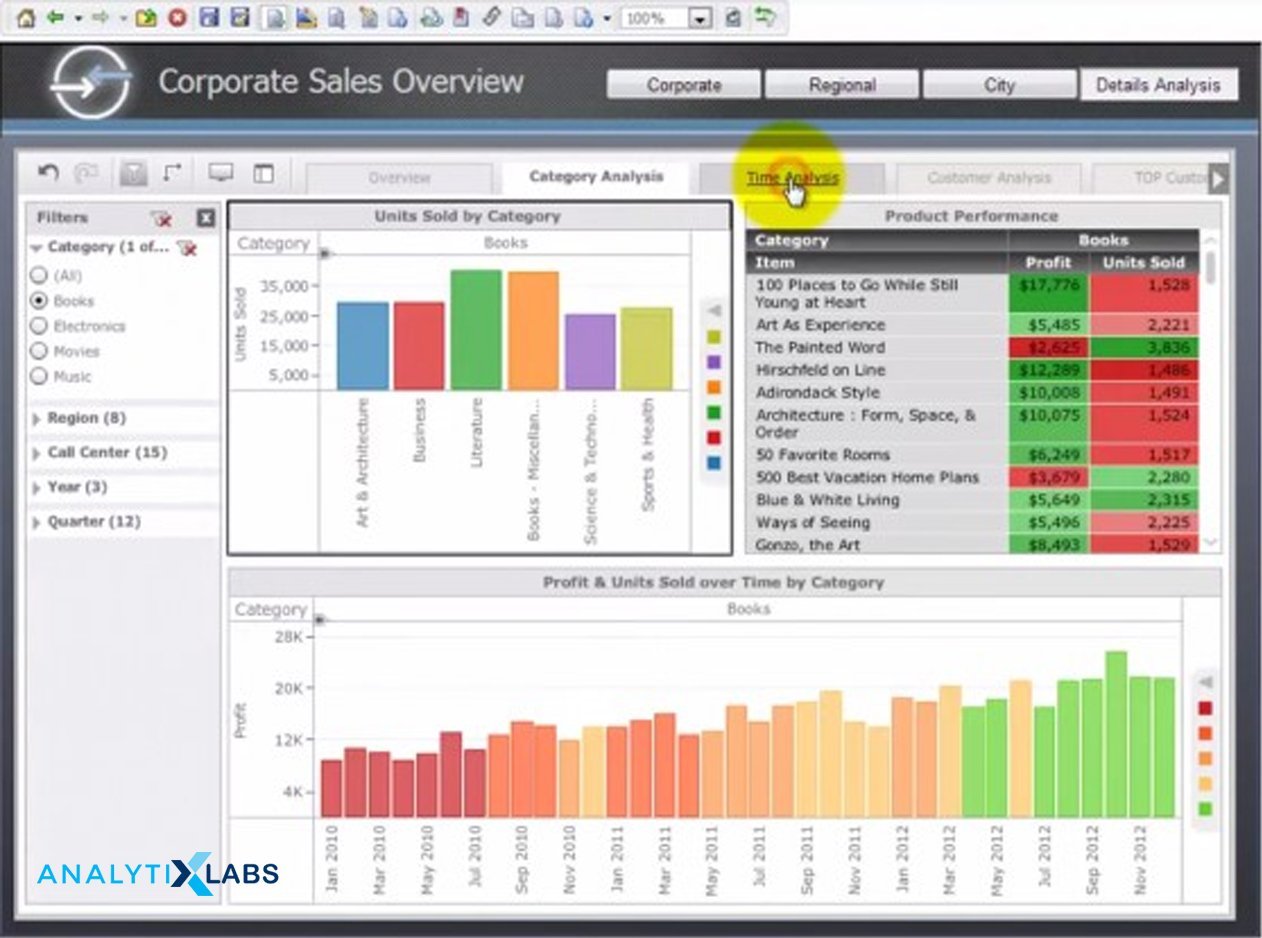
This tool offers enhanced analytics options by enabling its users to filter unprocessed and unstructured text data into information via Text Analysis. The tool also creates real-time predictions via advanced & native analytical capabilities with options like third-party data mining.
You may also like to learn about Data Mining Techniques, Concepts, and Its Application
Conclusion
Information science and technology have garnered potential traction in terms of technological transition – from servers to cloud to smarter databases, data is processed within a blink of an eye. With speed comes the ability to process data with even low-cost hardware units like SSDs (Solid State Drives), HDDs (Hard Disk Drives), and Cloud Services. Organizations are now storing heaps of data in the hopes of processing them for insights that can help them drive organizational decisions or to predict the future market dependability of their products or services.
From medical science, education to space programs, to name a few – Data and information solve real-life problems at breakneck speed with their various applications. Virtually there are no caps to their implications across industries and the benefit they harbor, respectively. And that is the reason for the demand for Data Analytics courses and professionals with Data Science skills is skyrocketing! So, to reiterate, these two concepts coexist to provide us with valuable insights that drive informed choices and successful outcomes.
You may also like to read: 10 Free Data Analytics Tools for Everyone
Frequently Asked Questions
- How is data different from information?
Data is unstructured and unorganized facts that have the potential to have analytics value. Information is data that is structured, used contextually, and is ready to be deployed for further analysis.
- What are the examples of data and information?
A day’s wind speed, temperature, humidity, etc that are recorded are data while the percentage to which the weather will remain either cold or warm is information. A student’s marks are their raw data while their percentage of grade, marks, or position is information.
- Which is more useful data or information?
Information exists because of data; without data, there can be no analytical process. You may also like to read: Why Data Science Is Important And Why Do We Need It?
- What is data and information in computers?
Data is a set of characters, symbols, and numbers that can be coded into a binary format for computers to process. Although data input does not have any inherent context or meaning, once processed, data has more contextual value as an output which we know as information.
This piece tries to cover everything concerning data and information along with associated topics and their real-life implications. But for concepts as vast and complex as data information, a comprehensive guide won’t fit certain nuances. But we are happy to assist you if you have any queries. So, be sure to comment down below, and we will try our best to articulate the best possible explanation for your question.
You may also like to read:
1. Top 40 Data Analyst Interview Questions & Answers
2. Differences Between Business Analytics And Data Analytics
3. Difference Between Data Analysis and Interpretation – An Overview

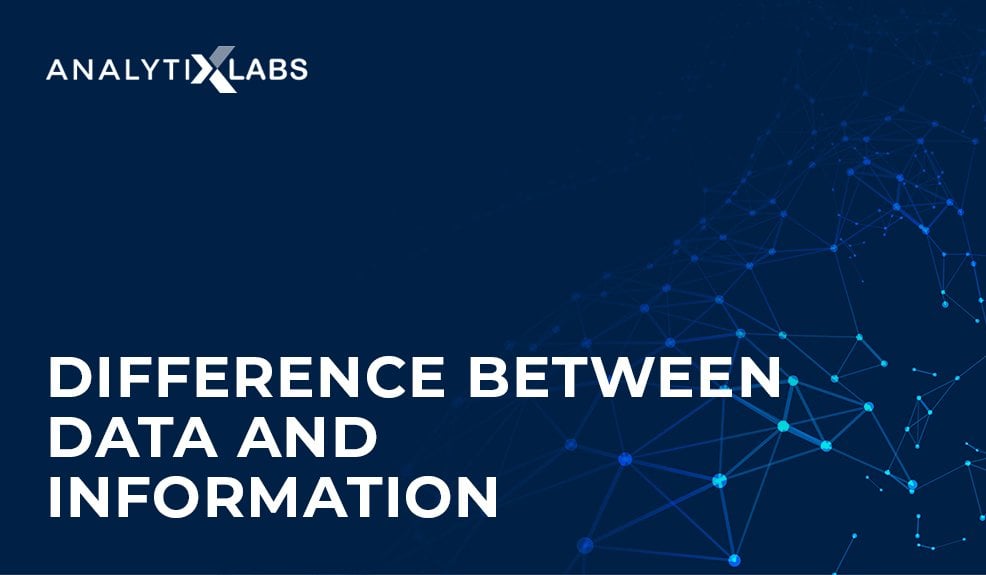







2 Comments
Very useful information exists on this site.
I met all my needs from this information.